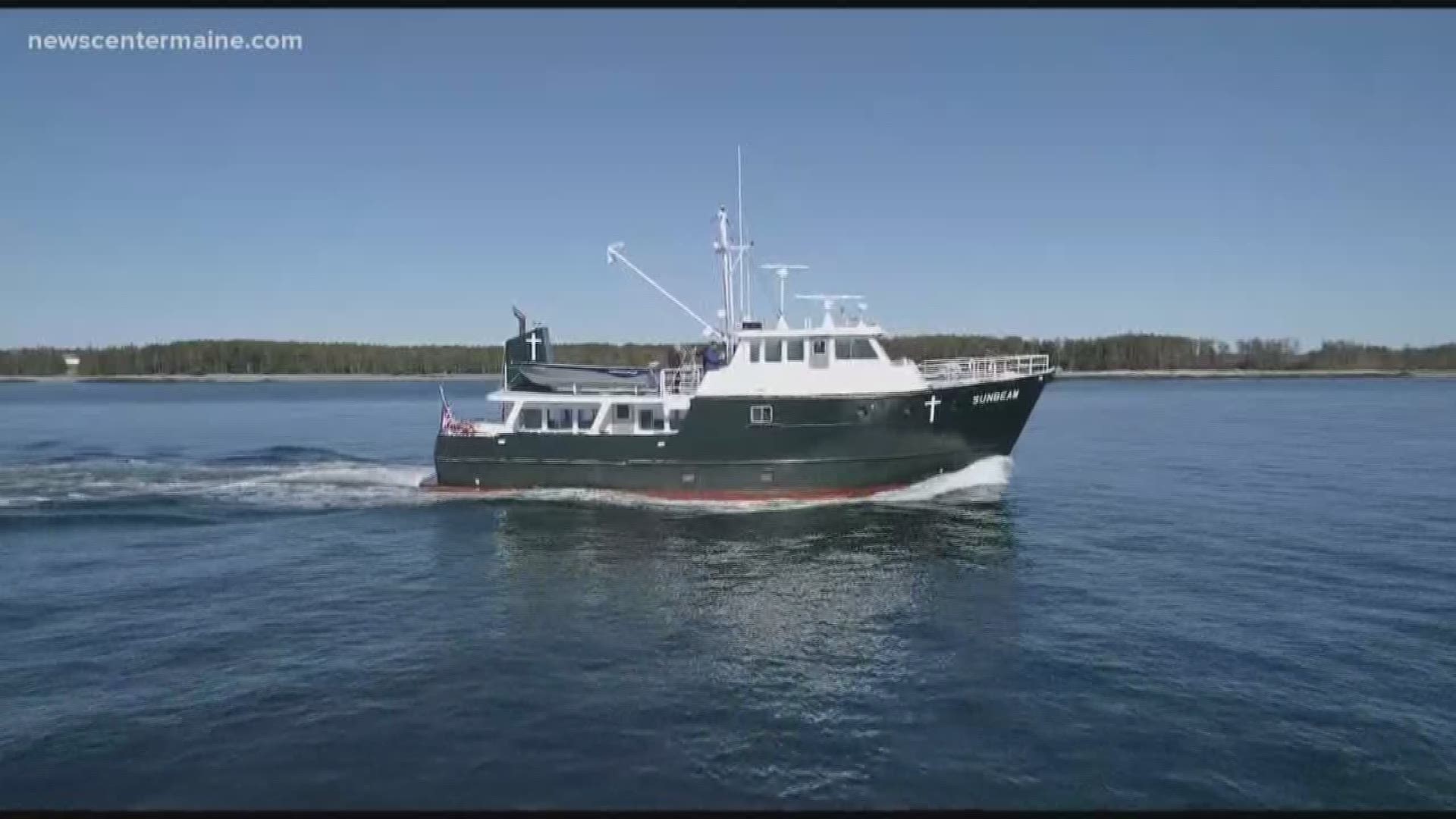MOUNT DESERT, Maine — Maine's island dwellers are resilient and self-sufficient people.
However, with limited medical resources on the islands, it's difficult for them to be self-sufficient when it comes to healthcare.
On most Maine islands, there are no medical professionals. Some have a team of civilians prepared to respond to emergency medical situations, but that's it.
For many islanders, a trip to the doctor is an expensive endeavor that could take a full day of traveling.
Fortunately for them, there's a group of health professionals who have made it their mission to bring healthcare from the mainland to the islands.
They work through a program called The Maine Seacoast Mission.
Sharon Daley has been the Director of Island Health for the Maine Seacoast Mission for the last 18-years.
"The work is important because life on the islands is important, yet it's a way of life that's somewhat challenged these days," says Daley.
Daley travels to various island communities on the Sunbeam boat throughout the month. The 73-foot sunbeam makes bi-weekly visits to Frenchboro, Swan’s Island, Isle au Haut, Great Cranberry, Islesford, Monhegan, Matinicus, Islesboro, Vinalhaven, and North Haven.
Since its founding in 1905, the Maine Seacoast Mission has always had a boat to serve the islands.
Daley performs a plethora of health work with the island communities ranging from flu clinics to home visits.
The sunbeam's visits to the islands are something full-time island dwellers like Colleen Bunker have grown accustomed to.
"We take it for granted a bit because we've been supported by the Maine Seacoast Mission for so many years," says Bunker.
The Maine Seacoast Mission also organizes health fairs to show islanders what the healthcare options are on the mainland, and bring medical professionals directly to them.
Amy Bunker is an audiologist and works with the Maine Seacoast Mission to bring hearing care to the island communities.
"If someone wanted their hearing tested it could take days," says Booth. "It's complicated from getting off the island to renting a car, to waiting for a ferry on the other end."
Booth has been working with the Maine Seacoast Mission, visiting the islands for 15-years. She focuses a lot of her energy on educating lobstermen about their hearing health.
"Lobstering is a very noisy industry, yet it's important for them to hear the other people on the boat so they don't necessarily want to wear ear protection," says Booth.
Being able to bring healthcare to the islands either through the Sunbeam or an island health fair is important work. According to the President of the Maine Seacoast Mission John Savodny, that's because islanders may not seek medical treatment otherwise.
"Like so many of us who even live on the mainland, these folks will neglect their own health care if it's too difficult," says Savodny.
For healthcare beyond what the Maine Seacoast Mission can provide, Great Diamond Island resident Colleen Bunker says islanders have to be proactive.
"Everybody just plans ahead," says Bunker. "That's just how it is."
In addition to bringing medical treatment, the Sunbeam boat serves as a local gathering hub and even as the site for weddings and funerals.
Currently, the Sunbeam is undergoing months of renovations. In the meantime, the Sunbeam's crew is traveling on a limited schedule on a smaller boat fittingly called the Moonbeam.
Sharon Daley says the Sunbeam crew expects the boat to be back in the water around Christmas time.

